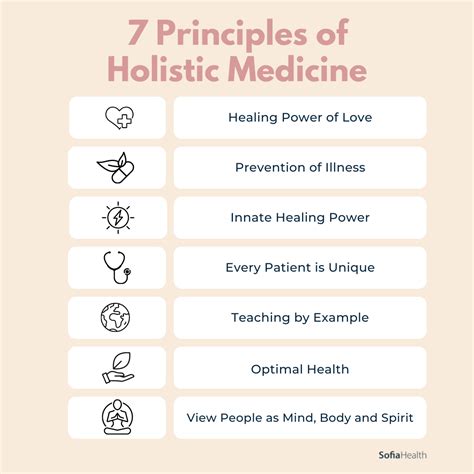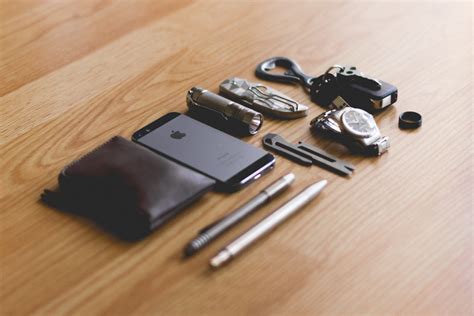Which ergonomic gear prevents fatigue for sustained peak performance?
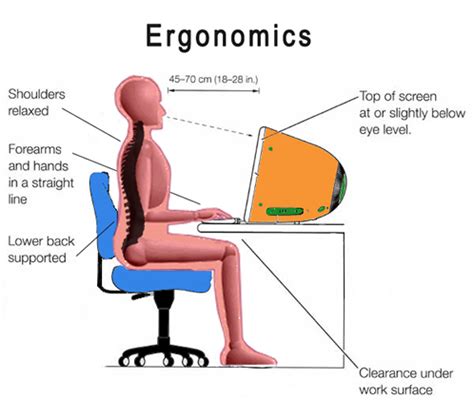
The Silent Performance Killer: Understanding Fatigue in the Workplace
In today’s demanding professional landscape, sustained peak performance is not just an aspiration but a necessity. However, a pervasive threat lurks beneath the surface of long hours and intense focus: fatigue. Physical and mental exhaustion can slowly chip away at productivity, decision-making, and overall well-being, leading to a significant drop in output and an increase in errors. The good news is that with thoughtful integration of ergonomic gear, it’s possible to not only mitigate the onset of fatigue but also create an environment conducive to enduring excellence.
Ergonomics, the science of designing and arranging workspaces to fit the user, aims to optimize human well-being and overall system performance. It’s about more than just comfort; it’s about creating a harmonious relationship between the individual and their tools to minimize strain, reduce repetitive stress injuries, and ultimately, sustain high levels of energy and concentration.
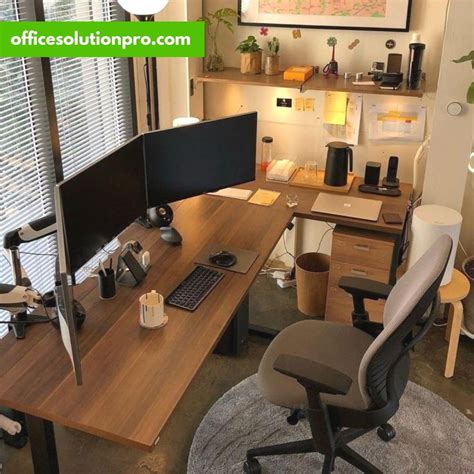
Ergonomic Chairs: The Foundation of Support
The ergonomic chair is often the cornerstone of an anti-fatigue workspace. A well-designed chair goes far beyond basic seating, offering comprehensive adjustability to support the body’s natural curves and movements. Key features to look for include:
- Lumbar Support: Adjustable support for the lower back, maintaining the natural inward curve of the spine.
- Seat Depth and Height: Adjustable to ensure feet are flat on the floor or a footrest, with a small gap between the back of the knees and the seat edge.
- Armrests: Adjustable in height and pivot to support the forearms, allowing shoulders to relax.
- Recline and Tilt: Mechanisms that allow for dynamic seating, reducing static posture and promoting movement.
Properly configured, an ergonomic chair distributes weight evenly, reduces pressure points, and encourages a neutral spinal alignment, significantly delaying the onset of back pain and general fatigue.
The Dynamic Duo: Sit-Stand Desks and Anti-Fatigue Mats
Prolonged sitting has been linked to numerous health issues and can contribute immensely to fatigue. Sit-stand desks offer a powerful solution by allowing users to effortlessly alternate between sitting and standing throughout the day. This dynamic approach promotes better circulation, reduces the risk of sedentary lifestyle-related health problems, and can boost energy levels. The simple act of changing posture can re-engage muscles and prevent the mental stagnation that often accompanies extended periods in one position.
For those who spend significant time standing, an anti-fatigue mat is an invaluable addition. These mats provide a cushioned surface that encourages subtle muscle movements, improving blood flow and reducing pressure on the feet, legs, and lower back, thus preventing the fatigue associated with static standing.

Precision Input: Ergonomic Keyboards and Mice
Our hands and wrists are among the most active body parts in many professions, making them highly susceptible to repetitive strain injuries (RSIs) and fatigue. Ergonomic keyboards and mice are designed to promote a neutral wrist posture, minimizing strain and discomfort.
- Ergonomic Keyboards: Split keyboards, tented keyboards, and contoured designs help keep wrists straight and reduce pronation.
- Ergonomic Mice: Vertical mice, trackballs, and contoured mice allow the hand to rest in a more natural, handshake-like position, reducing wrist extension and deviation.
By preventing awkward postures and repetitive micro-movements that lead to carpal tunnel syndrome, tendonitis, and general hand fatigue, these input devices allow for sustained, comfortable, and precise control, crucial for demanding tasks.
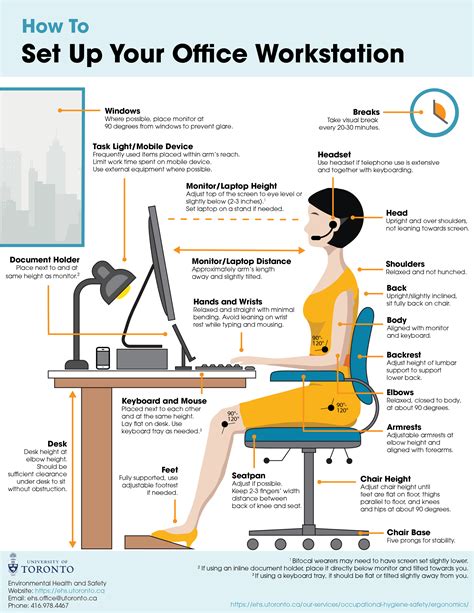
Vision and Neck Health: Monitor Arms and Proper Placement
Straining to read a screen set at an improper height or distance is a common cause of neck pain, headaches, and eye fatigue. Monitor arms offer flexible positioning, allowing users to easily adjust screen height, depth, and angle to achieve an optimal viewing experience.
The top of the monitor should be at or slightly below eye level, and the screen should be an arm’s length away. Proper monitor placement reduces the need to tilt or crane the neck, minimizing strain on the cervical spine and reducing eye strain by maintaining a comfortable viewing angle. This attention to visual ergonomics directly translates to reduced physical discomfort and sustained mental clarity.
Beyond the Core: Essential Ergonomic Accessories
While chairs, desks, keyboards, and mice form the core, several other accessories contribute significantly to a fatigue-resistant environment:
- Footrests: For individuals whose feet don’t comfortably reach the floor, a footrest maintains proper posture and reduces pressure on the legs.
- Proper Lighting: Adequate and adjustable lighting reduces eye strain and glare, which can lead to headaches and visual fatigue.
- Headsets: For those on calls, a comfortable, lightweight headset eliminates the need to cradle a phone, preventing neck and shoulder strain.
A holistic approach, where all elements of the workspace are considered and optimized, creates a truly supportive and high-performance environment.
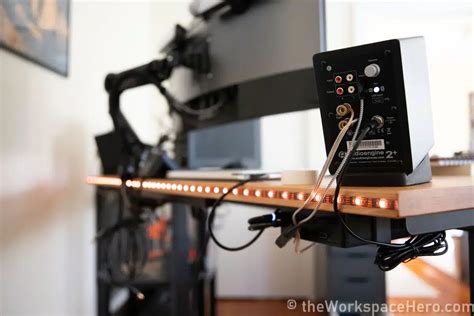
The Long-Term Dividends: Why Ergonomics Is an Investment, Not an Expense
The true value of ergonomic gear extends far beyond immediate comfort. By actively preventing fatigue and discomfort, these tools contribute to:
- Increased Productivity: Less pain and more energy translate directly into higher focus and output.
- Reduced Absences: Fewer ergonomic-related injuries mean less time taken off for recovery or medical appointments.
- Improved Morale: A comfortable and supportive work environment fosters a sense of well-being and appreciation.
- Long-Term Health: Mitigating the risks of RSIs, back pain, and other musculoskeletal disorders contributes to a healthier life both inside and outside the workplace.
Investing in ergonomic solutions is, therefore, an investment in sustained peak performance and the long-term health of any individual or team.
Conclusion: Empowering Performance Through Thoughtful Design
Fatigue is a formidable adversary to sustained peak performance, but it is not an insurmountable one. By strategically implementing ergonomic gear – from supportive chairs and dynamic sit-stand desks to precision input devices and proper monitor placement – individuals can create workspaces that actively combat exhaustion. This thoughtful approach to design not only safeguards physical health but also empowers mental acuity, focus, and productivity, ensuring that peak performance remains attainable, day after day.
